Learning Experiences
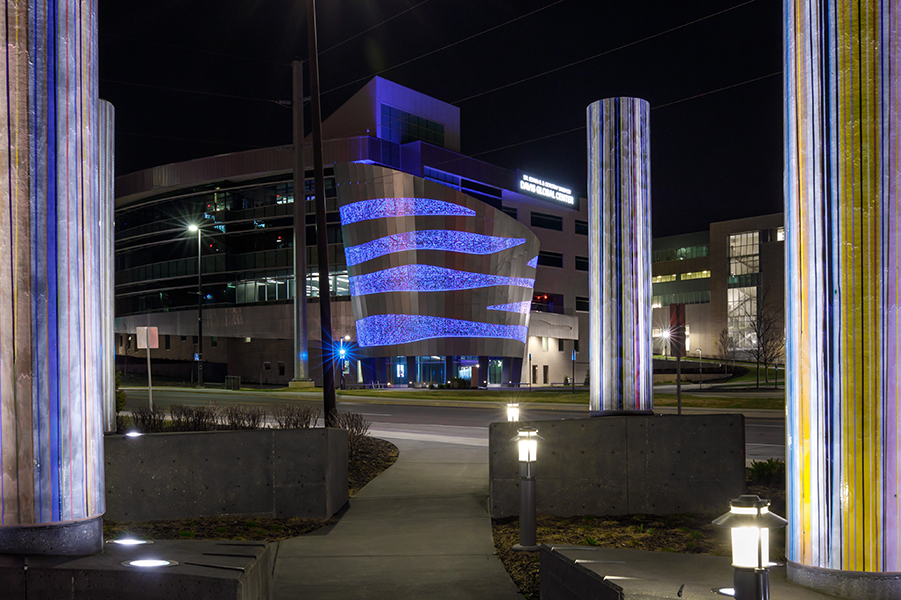
Davis Global Center - clinical simulation center
Simulation in Medical Education
Medical Student Simulations
Simulation is a key part of our OB-GYN curriculum, offering students hands-on practice in clinical scenarios before they enter real patient care settings.
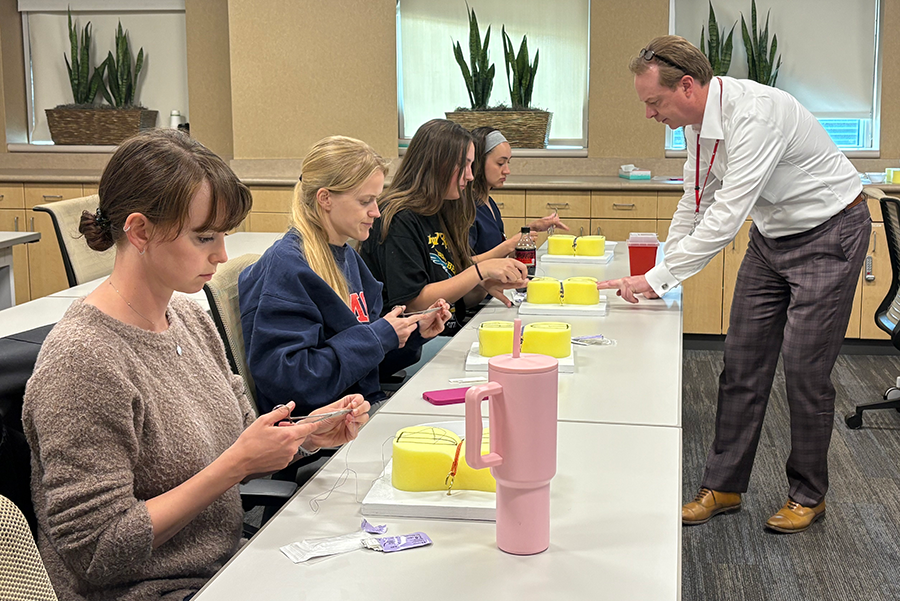
Perineal laceration repair
Before they graduate from medical school, students who have identified obstetrics and gynecology as their specialty participate in simulations to prepare them for residency. In this photo, Dr. Neil Hamill is providing instruction and feedback as the students complete a perineal laceration repair.
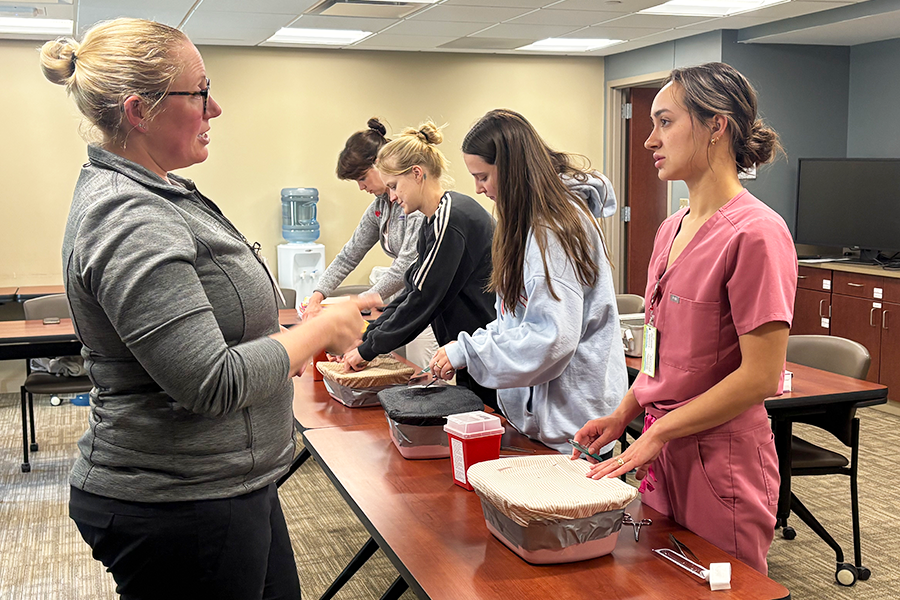
Low-Fidelity Simulation
We create task trainers and models so the learners can practice procedures, such as for c-section as pictured here. Maternal-fetal medicine specialist, Dr. Maggie Kuhlmann, provides guidance to the fourth-year medical students.
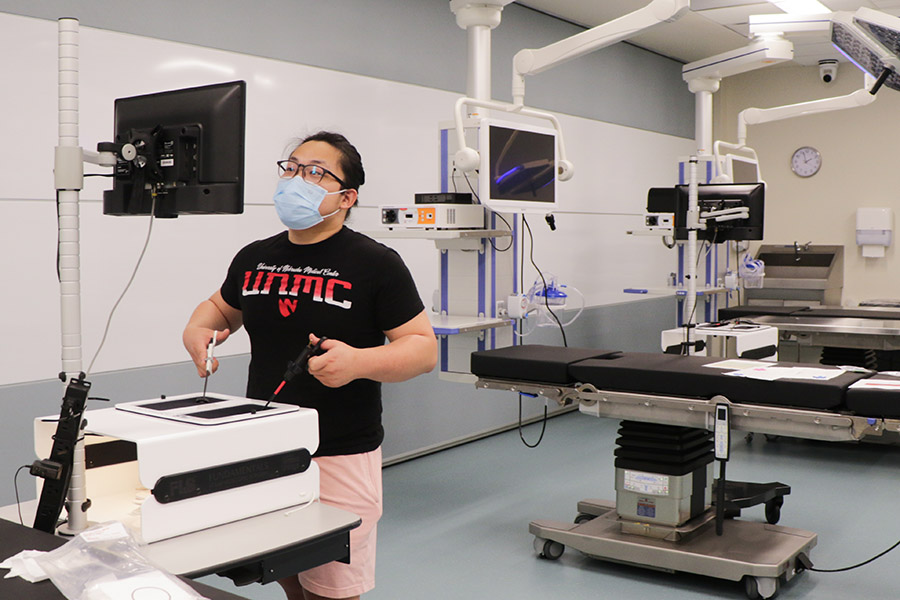
Laparoscopic surgery simulation
The upper level medical students learn about minimally invasive gynecological surgery and practice with laparoscopy trainers and surgical instruments.
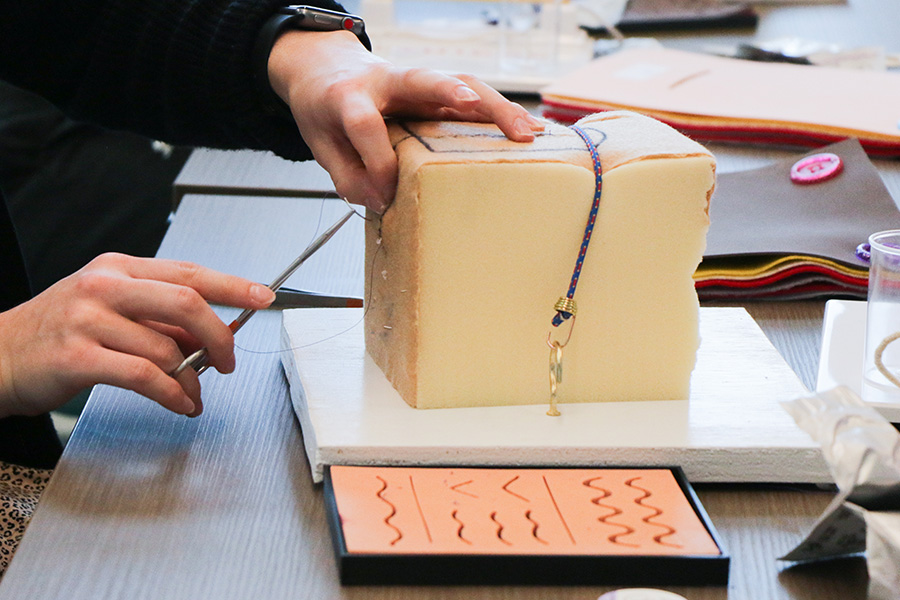
Suturing simulation
Learning how to perform suturing and knot-tying are essential skills for the medical student.
3D-Printed Gynecological Task Trainer
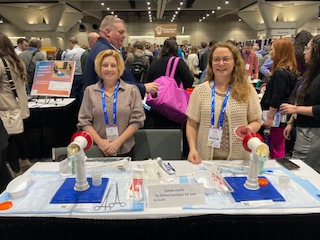
Jami Monico and Dr. Karen Carlson displayed the gynecological task trainer that they designed at the IMSH 2024 Simventors showcase.
In 2023, the collaborative efforts of instructional designer Jami Monico and Dr. Karen Carlson resulted in the development of an innovative 3D-printed gynecological task trainer. This advanced simulator serves as a dynamic educational tool for learners, enabling hands-on practice of essential procedures such as Pap smear collection, endometrial biopsy, and manual vacuum aspiration.
Undergoing a quality improvement study with institutional review board approval, the task trainer was subjected to evaluation through an online survey, providing valuable insights into its effectiveness for learners. The comprehensive report explaining the study and task trainer construction directions including the 3D-print files are openly accessible for those interested in replicating the task trainer.
Beyond our department, this task trainer has been integrated into nursing and family medicine education, fostering interdisciplinary skill development. Classroom simulations involve setting up multiple task trainers, allowing students to engage in deliberate and repetitive practice of gynecological procedures within a controlled environment. This initiative represents a significant advancement in practical medical education, providing a tangible and impactful learning experience for students across disciplines.
Innovative E-Learning in Medical Education
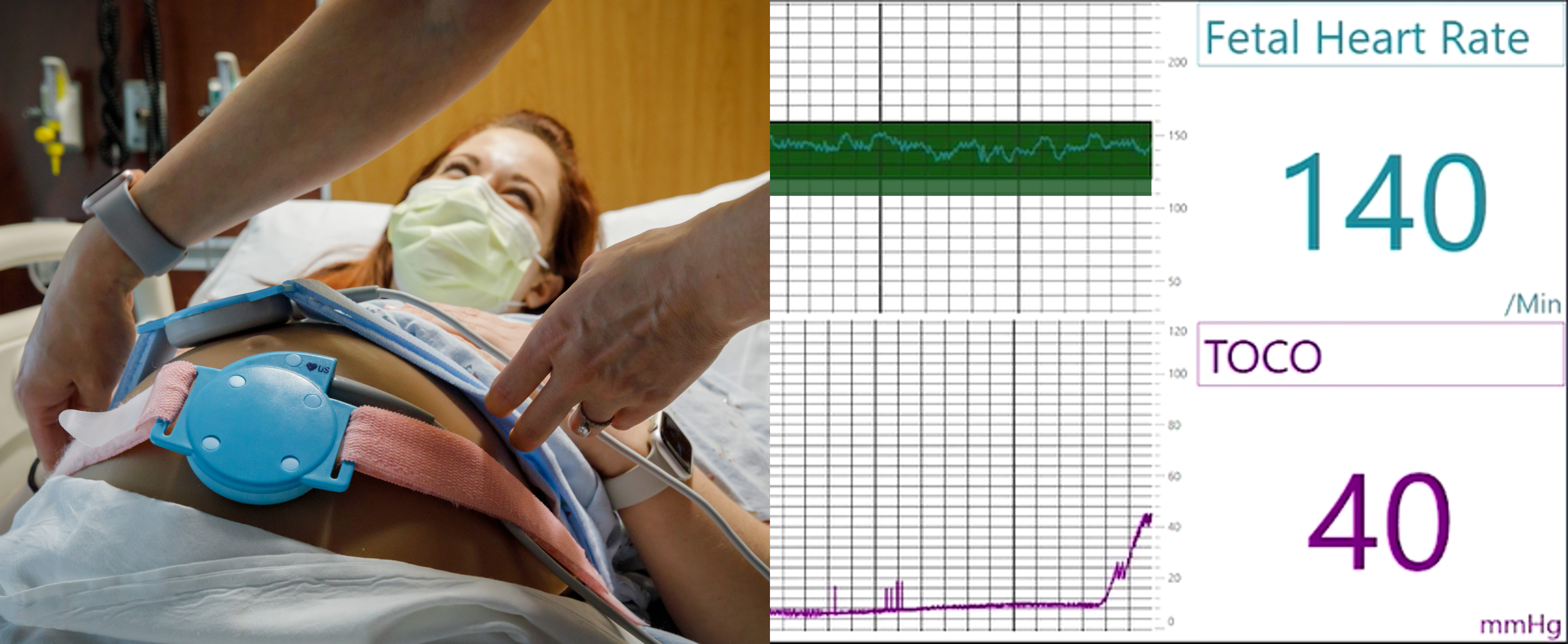
Electronic Fetal Monitoring
Our department develops a wide range of interactive e-learning modules designed to complement clinical training and enhance foundational knowledge in obstetrics and gynecology. These modules integrate evidence-based content from APGO and ACOG, ensuring accuracy and alignment with national standards.
By curating high-quality resources and incorporating multimedia elements, we create engaging, self-paced learning experiences that allow students to review complex topics, reinforce clinical decision-making, and prepare for real-world patient care. This innovative approach supports diverse learning styles, promotes knowledge retention, and provides flexible access to essential content—anytime, anywhere.